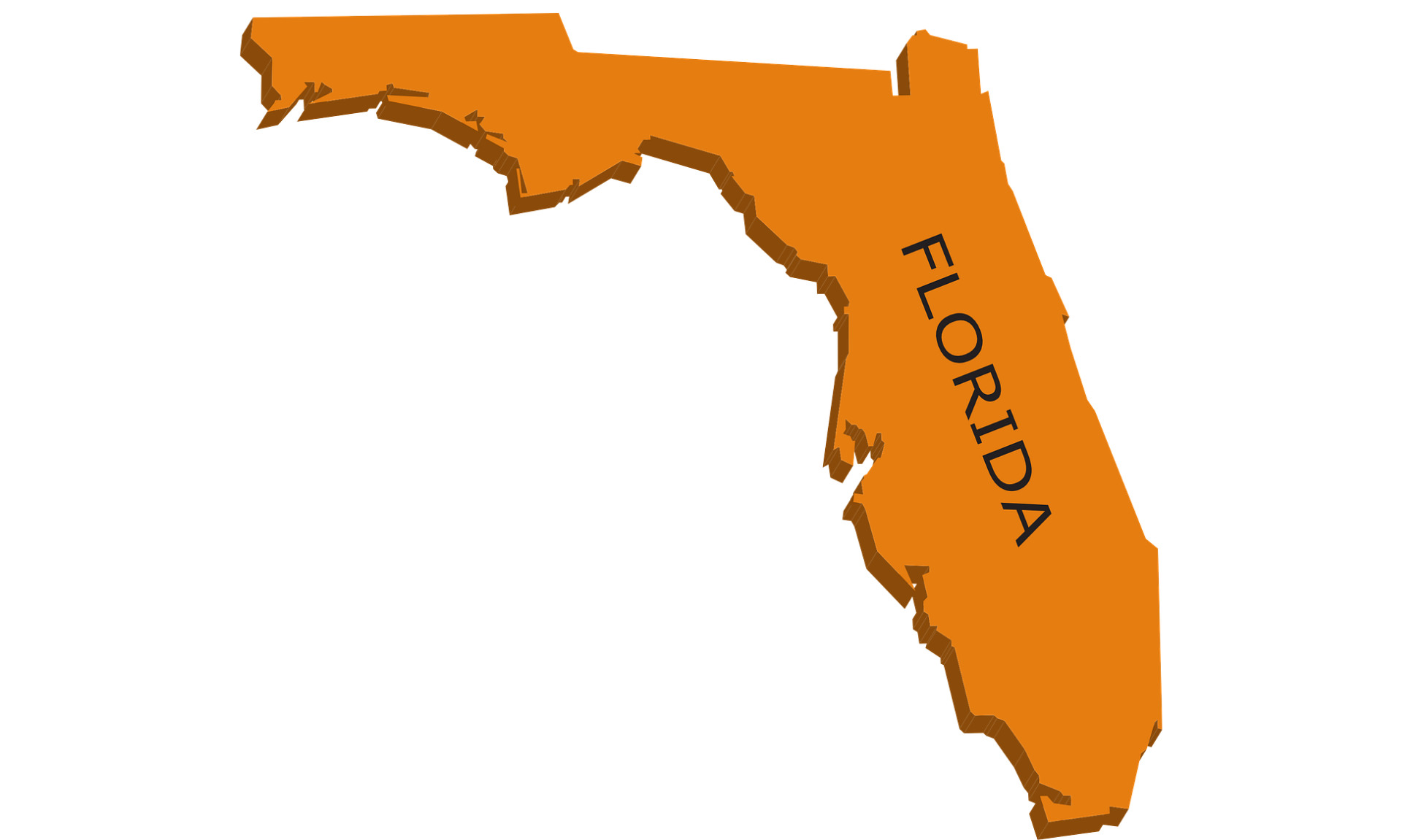Epilepsy Over Time
Multiple references to epilepsy can be found in the ancient texts of all civilizations. The history of epilepsy is intermingled with the history of human existence; the first reports on epilepsy can be traced back to almost 2,000 B.C. For example, Hippocrates in his book On Sacred Disease described the first neurosurgery procedure indicating that craniotomy should be performed at the opposite side of the brain of seizures, in order to spare patients from “phlegma” that caused the disease. However, it was not until the 18th and 19th centuries that important advances in research were made to combat the stigma of the disease. No longer was epilepsy tied to religious superstitions linked to divine punishment or possession (Magiorkinis et al., 2014). Attitudes toward people with epilepsy are often influenced by the extent of knowledge about the condition, but misconceptions can now be reduced by appropriate public education.
To view an interactive timeline of the history of epilepsy from Oxford University Press, click here.





